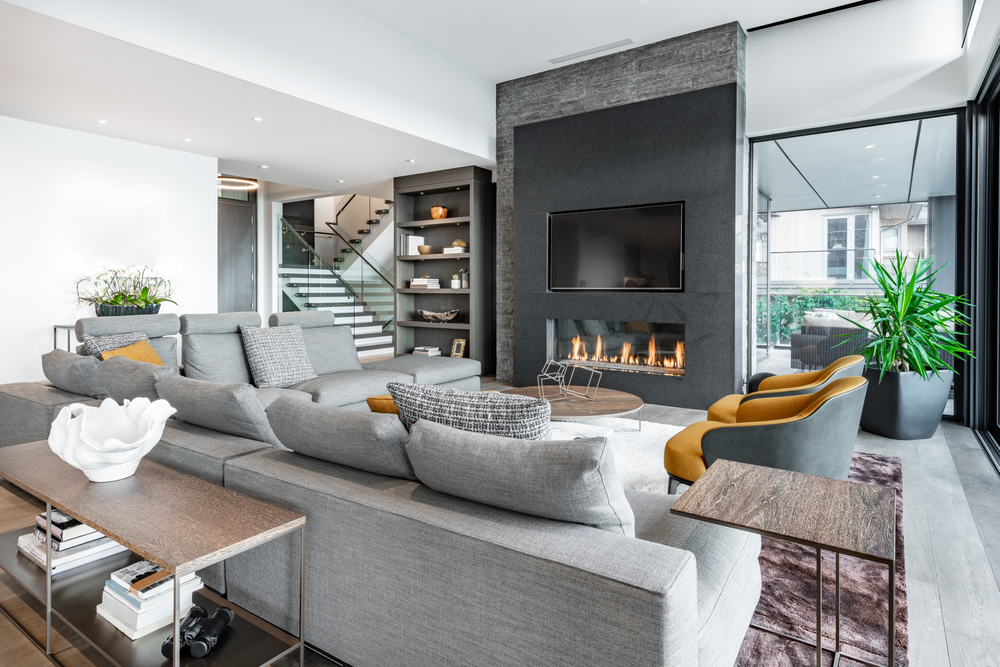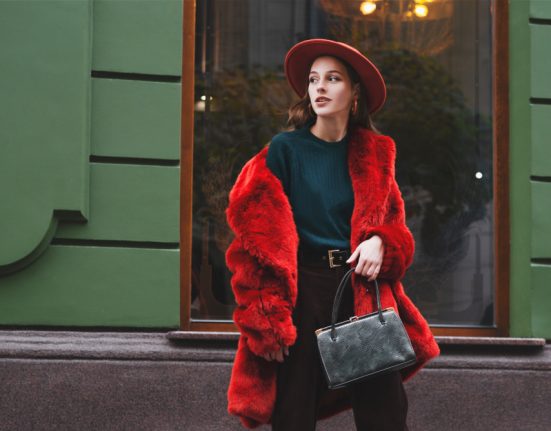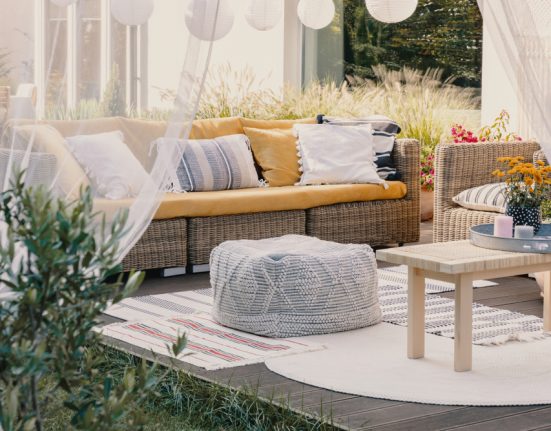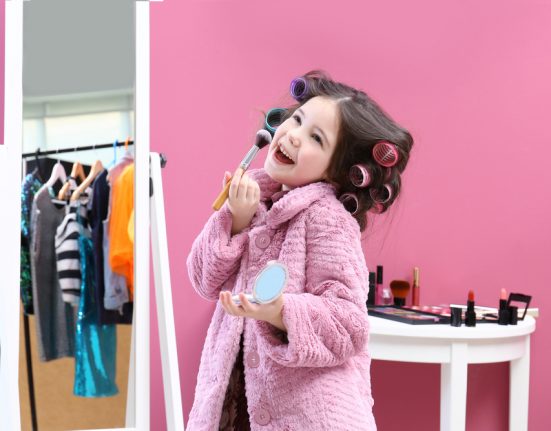Designing high-end homes is a multi-layered process rooted in a deep understanding of the homeowner’s lifestyle and personality. While infusing creative distinction and achieving harmonious fusion are the fundamental principles of designing a personalised space, architectural elements such as dynamic scaling, tailored circulation and curated spaces that showcase the occupant’s unique style and personality are essential in transforming a liminal space into a unique yet authentic reflection.
The fundamental design principle in creating spaces that not only cater to the user’s needs but also reflect their individuality and celeb-like charisma is defining the balance between the unique lifestyle and personality of the client.
- Defining the Style: The first step is to define the purpose of the home. Is it a maximalist paradise, a minimalist retreat, or does it embrace the latest trends, or perhaps something more timeless and established? While some clients opt for an inward-looking design that creates a sanctuary within, like Kendall Jenner’s 6,625-square-foot Spanish-style Malibu mansion, others prefer merging indoors and outdoors seamlessly, blurring the lines between nature and luxury—similar to Dakota Jonhson’s serene getaway estate in LA, designed by architect Carl Maston. It is essential to understand the occupant’s taste by pinpointing the critical elements that shape near-ordinary spaces into exceptional homes.
- Scale and Dynamic Design: High-end homes are not just about opulence; they are dynamic and engaging. We must design with scale in mind. Whether a cosy reading nook or a grand dining hall, each room should tell a distinct, engaging story that amplifies the space’s dynamism and contributes to the narrative.
- Circulation for Lifestyle: The layout and circulation within the home should be tailored to the homeowner’s lifestyle. High-end homes demand distinction. However, such homes require privacy but often require accessibility for staff and guests as well. This balance is essential to ensure the space is functional and comfortable.
- Creative Distinction: High-end homes are designed to stand out. To achieve the delicate balance between privacy and accessibility, featured spaces with iconic pieces as placeholders are encouraged. This could be a unique sculpture, a one-of-a-kind chandelier, or even a custom-designed piece of furniture, creating multiple focal points within a space that define the ubiquitousness of a high-end celebrity.
- Harmonious Fusion: What makes these homes exceptional is combining an unusual mix of interior elements—furniture, lighting, art and rugs—into an eclectic blend of exclusivity while maintaining harmony. Each piece contributes to a unified, intriguing atmosphere. The challenge lies in selecting pieces that may seem unrelated at first glance but, when brought together, create a cohesive and intriguing atmosphere that resonates with the user’s dynamic personality.
- The Art of Layering: High-end homes are a canvas for artistry. Every space is carefully layered with art, statement pieces, textures, and other objects that reflect the client’s personality. Whether it’s a collection of vintage photographs, a gallery of contemporary art, or a display of cherished memorabilia, these layers add depth and character to the living spaces. Each corner must be strategically curated with carefully selected art, statement pieces, textures, and objects that mirror the overall statement and purpose of the home, imparting depth and character to the omnipresent lifestyle of a celebrity.
According to Kuntal Vyas Aggarwal, Founder and Design Head at Resaiki Interiors and Architecture Design Studio, luxury decor is all about the finer details. He shared, “It begins with meticulous craftsmanship using premium materials like fine woods, metals, and textiles, often employing artisanal techniques such as hand-carving and hand embroidery. Elaborate ornamentation, including decorative mouldings and intricate carvings, adds a sense of grandeur and sophistication. Luxury is further heightened by the inclusion of rare materials like marble, onyx, precious metals, and gemstones, seamlessly integrated into various elements of the space. Customisation is essential, allowing for unique and exclusive designs through custom-made furniture, bespoke cabinetry and personalised finishes.”
The interior decor expert added, “Luxury extends to textiles and fabrics, with high-quality materials like silk, velvet, cashmere, and fine wool, adding visual richness and tactile comfort. Fine art pieces, antiques, and collectables are thoughtfully curated to enhance the decor’s cultural and historical significance. Lighting is carefully considered, with crystal chandeliers and hand-blown glass fixtures creating a beautiful ambience. Achieving symmetry and balance in the design contributes to a harmonious and visually pleasing environment. Modern technology seamlessly integrates into luxury decor, offering convenience through hidden audiovisual systems and automated climate control while maintaining a clean aesthetic. Significantly, luxury decor is balanced with comfort, with plush furnishings, ergonomic designs, and thoughtful layouts, ensuring that these spaces are inviting and relaxing.”
He recommended –
1. Limitless luxe decor: Space is a defining element of luxury decor. It encompasses several aspects that influence the perception of luxury. Luxury often entails generous space, with open floor plans and high ceilings exuding grandeur. Uncluttered designs and minimalism convey sophistication, while functionality and organisation are vital, achieved through custom storage solutions.
Abundant natural light, premium materials, and architectural details like columns enhance the perception of luxury. The seamless spatial flow between rooms and custom designs tailored to homeowners’ preferences add exclusivity. Integrating outdoor spaces and maximising views contribute to luxury and cutting-edge technology for convenience and entertainment. In summary, luxury decor involves lavish materials and thoughtful, spacious, and well-designed interiors that radiate sophistication and opulence.
2. Integrated home automation: Automation is a defining aspect of luxury decor, infusing convenience, efficiency, and a futuristic feel into living spaces. It embodies modernity and sophistication, meeting the expectations of a luxurious lifestyle. Automation’s contributions to luxury decor include –
⦁ Smart Lighting: Customizable lighting scenes, adjustable intensity, and voice control create a luxurious ambience while saving energy.
⦁ Climate Control: Automated HVAC systems allow personalised temperature control for each room, optimising comfort and energy efficiency.
⦁ Home Security: Advanced security systems with intelligent doorbells and sensors enhance safety and convenience.
⦁ Integrated Audiovisual Systems: Home theatres with automated screens and sound systems provide cinematic experiences.
⦁ Motorized Window Treatments: Remote control of blinds and shades enhances natural light control and privacy.
⦁ Smart Home Control: Centralized automation hubs and voice-controlled assistants offer hands-free management.
⦁ Customizable Scenes: Automation systems enable mood-setting scenes for various occasions.
⦁ Energy Efficiency: Automation features like smart thermostats and lighting controls reduce energy consumption.
⦁ Home Integration: Seamlessly integrated systems enhance user-friendliness.
⦁ Customization: Tailored automation adds exclusivity to decor.
⦁ Future-Proofing: Forward-thinking automation solutions ensure ongoing technological relevance.
Automation defines luxury decor by blending convenience, comfort, and control into living spaces, elevating their functionality and enjoyment.
3. Geographic directions and energies: They play a significant role in defining luxury decor, mainly through feng shui principles and cultural influences. Feng shui considers the orientation of a space, elemental balance, energy flow, natural light, colour choices, materials, and outdoor areas to create a harmonious environment. Luxury decor often aligns with these principles, using favourable orientations, balanced elements, unobstructed energy flow, abundant natural light, and colour associations to evoke opulence.
The choice of materials and textures, personalised spaces, and environmental sustainability further enhance the sense of luxury and well-being. In summary, geography and energy, guided by feng shui and cultural insights, define luxury decor by fostering balance, positive energy flow, and tranquillity, promoting a visually pleasing and harmonious living environment.
4. Meaningful and unique artwork: High-quality artwork is pivotal in defining luxury decor and infusing sophistication, cultural richness, and aesthetic value into a space. Luxury decor prioritises aesthetics, and art serves as a captivating focal point. Artwork with cultural or historical significance adds depth, while exclusivity is achieved through original pieces or limited editions by renowned artists. Art becomes a means of personal expression, allowing homeowners to showcase individuality. It also showcases artistic mastery and can be an investment.
Art influences a room’s atmosphere, scale, and balance, serving as conversation starters and intellectual engagement. Expert curatorial integration ensures seamless and sophisticated incorporation, making art an integral aspect of luxury living environments.








